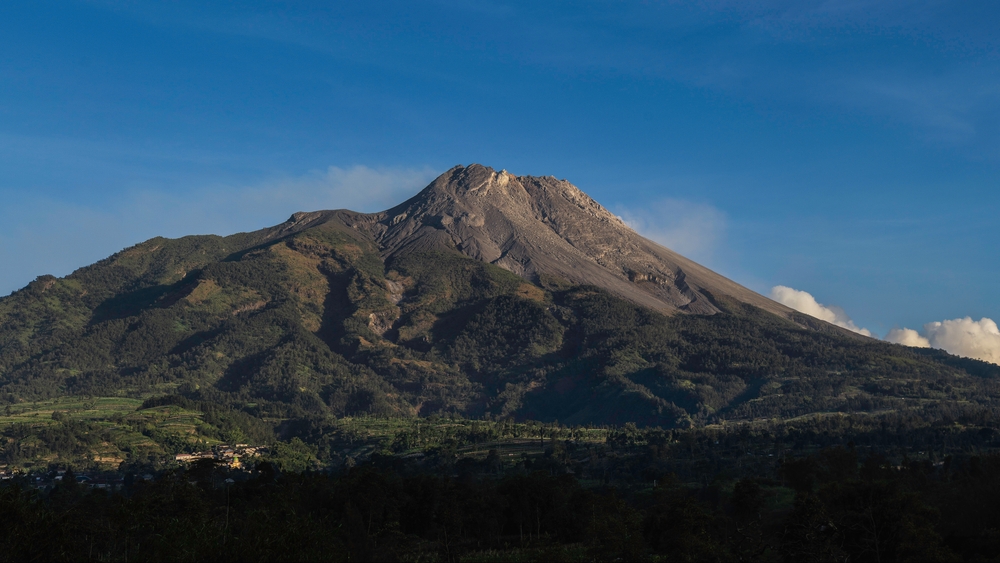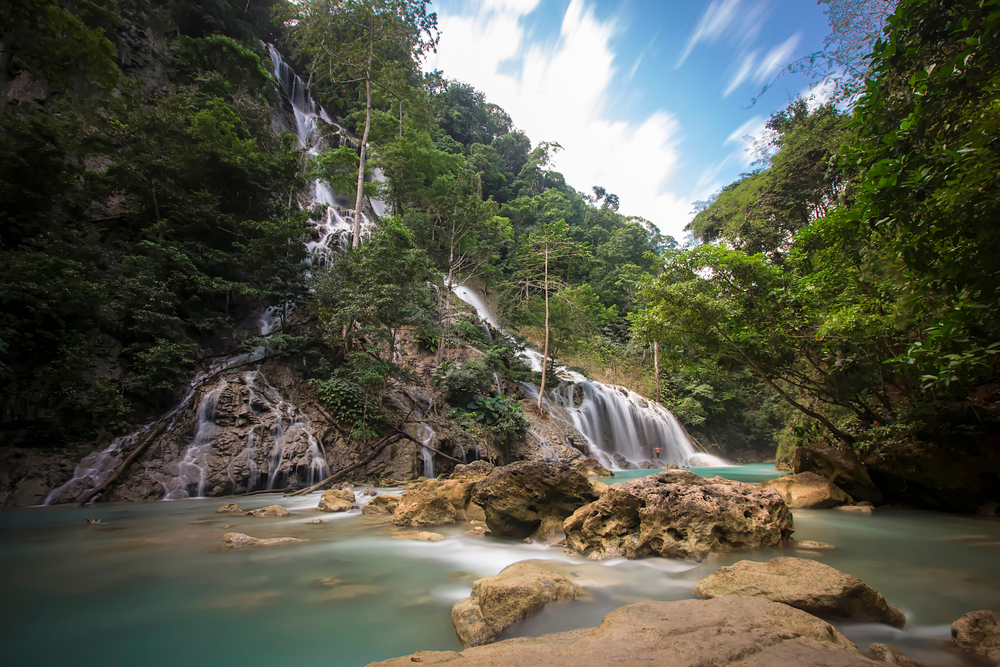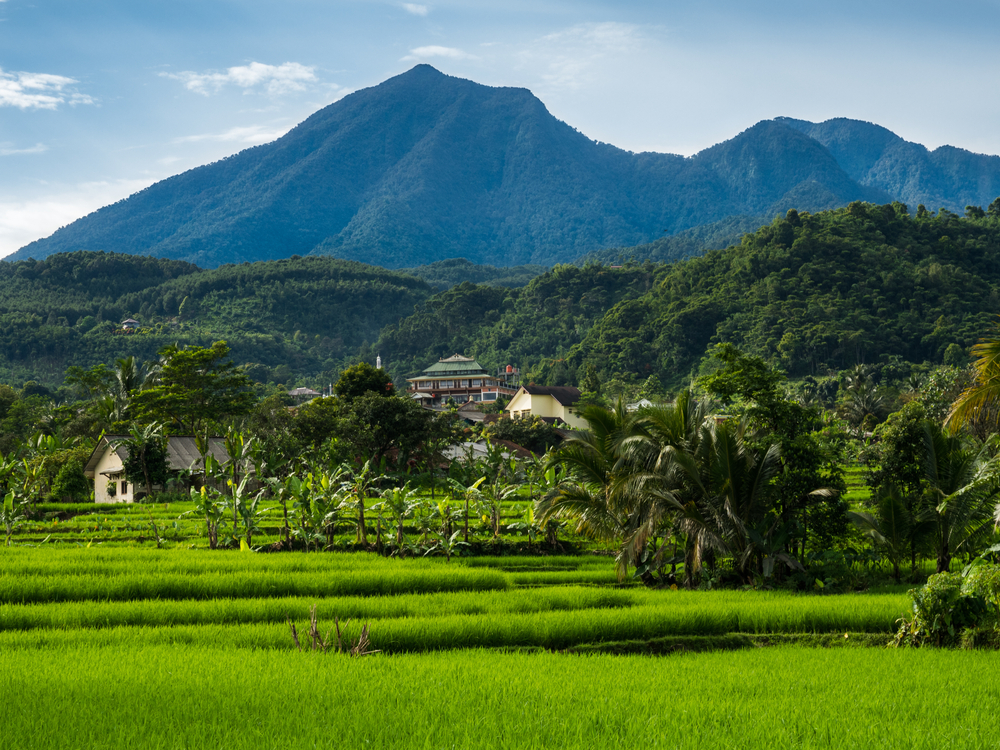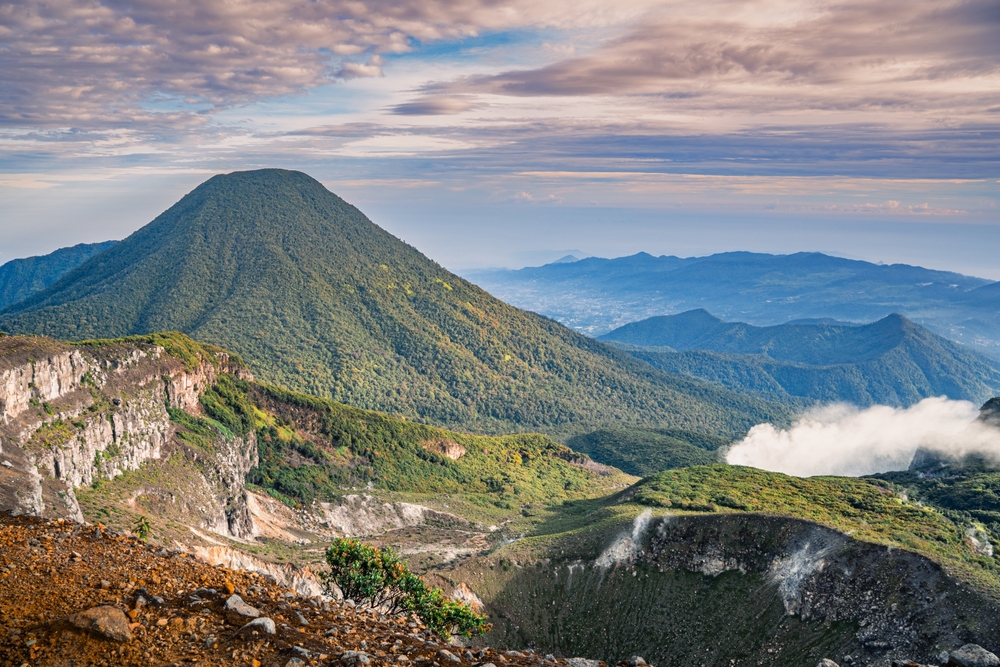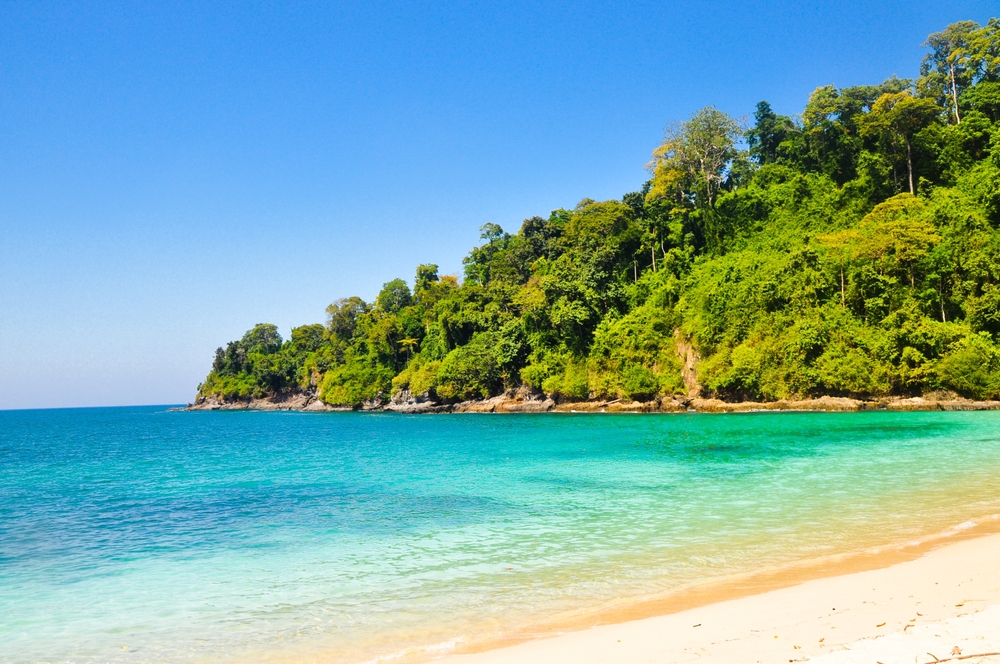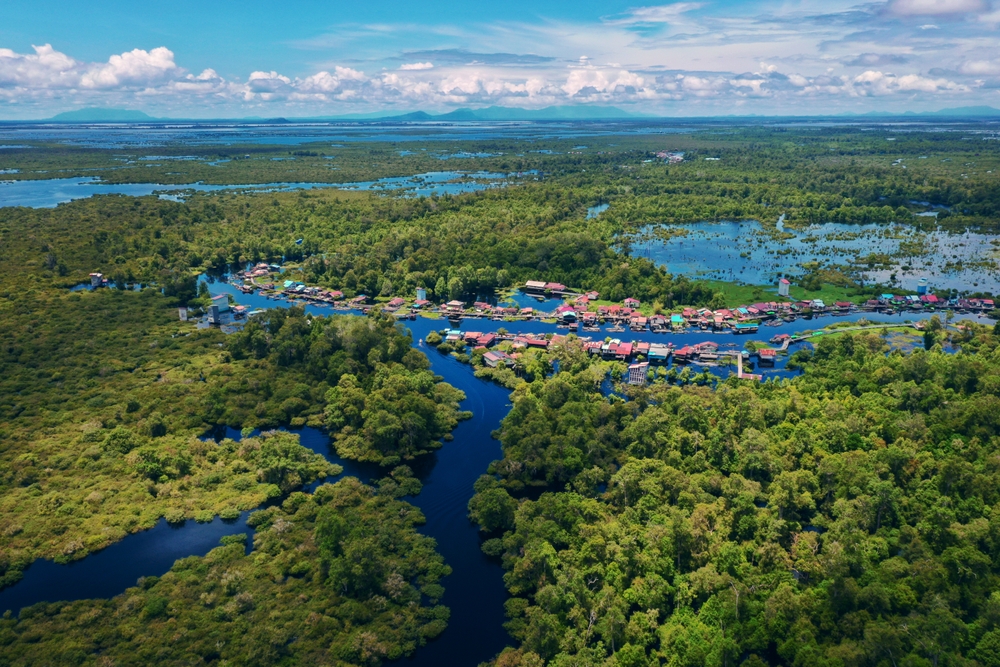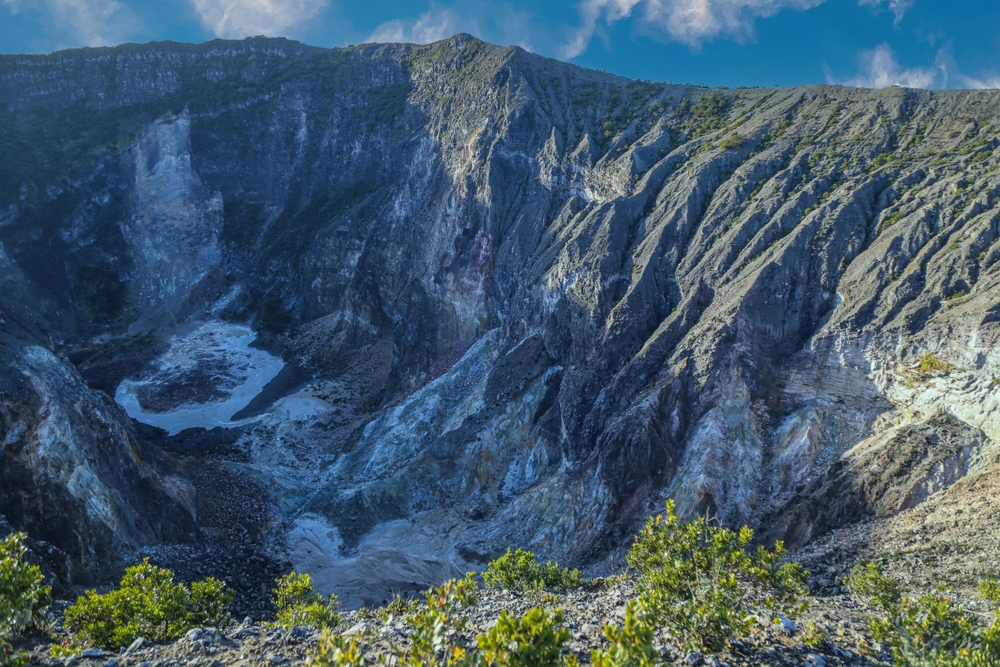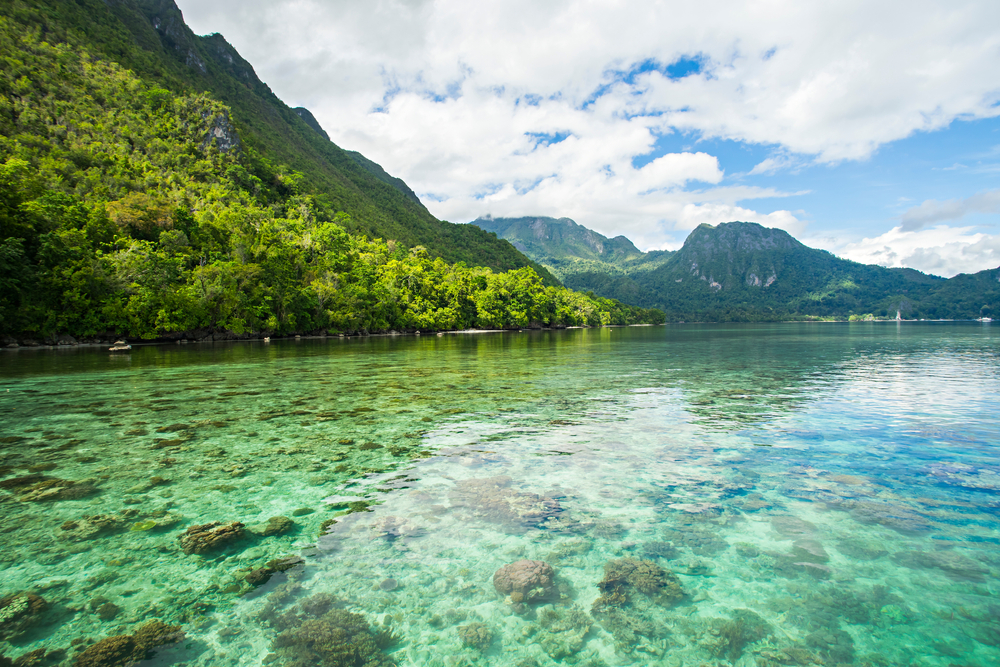Mount Merapi Overview
Mount Merapi National Park, known locally as Taman Nasional Gunung Merapi, is located on the border between Central Java and Yogyakarta in Indonesia. Encompassing approximately 98 square kilometers (37.8 square miles), the park is a significant natural and cultural landmark dominated by the active Mount Merapi, which towers at 2,930 meters (9,613 feet) above sea level.
This active stratovolcano is one of the most active in Indonesia and has shaped the region’s landscape and ecology over centuries through periodic eruptions. Its proximity to Yogyakarta, one of Indonesia’s cultural hubs, makes it a popular destination for both nature lovers and adventure enthusiasts.
The terrain of Mount Merapi National Park is a fascinating mix of rugged volcanic landscapes, lush tropical forests, and steep cliffs formed by ancient lava flows. The lower elevations are characterized by dense vegetation, including tropical hardwoods, ferns, and bamboo, while the upper reaches transition into alpine grasslands and barren volcanic rock, showcasing the dramatic effects of volcanic activity.
Rivers and waterfalls, such as Kali Kuning and Tlogo Muncar, punctuate the park’s verdant lower slopes, offering serene spots for visitors. Lava tour routes, remnants of past eruptions, and hardened lava fields create an otherworldly landscape that attracts photographers and geologists alike.
Wildlife in Mount Merapi National Park is diverse, thanks to the range of ecosystems within its borders. Among the mammals found in the park are Javanese monkeys, long-tailed macaques, wild boars, and the elusive leopard cat.
Bird enthusiasts are drawn to the park to spot vibrant species like the Javan kingfisher, yellow-throated leafbird, and zebra doves. The park’s biodiversity is further enriched by its variety of reptiles and amphibians, such as monitor lizards and tree frogs, which thrive in the humid environment.
Visitors to Mount Merapi National Park can enjoy a range of activities to experience its unique offerings. Trekking to the summit of Mount Merapi is a highlight for adventurous travelers, providing breathtaking views of the surrounding landscape and a chance to witness the volcano’s dynamic geology up close. Guided lava tours, which often use off-road jeeps, allow visitors to explore the trails and sites impacted by past eruptions, including villages buried by ash.
Birdwatching, photography, and exploring waterfalls are popular among those seeking a more leisurely visit. Cultural connections to the mountain also draw visitors, as local traditions and rituals often incorporate the volcano’s spiritual significance.
The park’s management faces significant conservation challenges, primarily due to the frequent volcanic eruptions that disrupt habitats and human settlements. However, these same eruptions contribute to the renewal of soil fertility, supporting the regrowth of forests and vegetation. Collaborative efforts between local communities, scientists, and park authorities have yielded conservation successes, including reforestation projects and the protection of native species. Balancing the demands of tourism, local livelihoods, and environmental conservation remains a critical focus.








































































